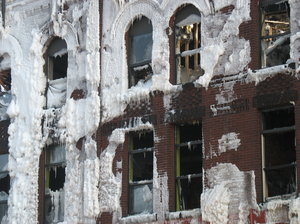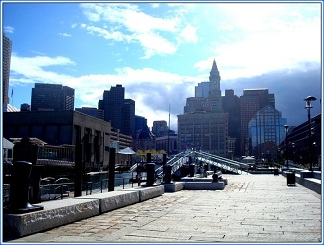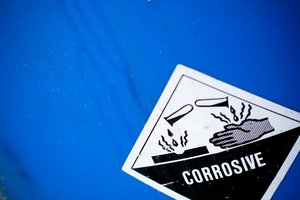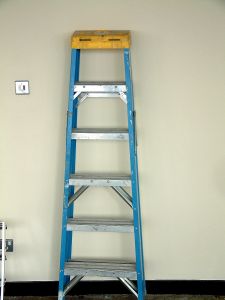A masonry contractor in Massachusetts, NER Construction Management Inc., has recently agreed to hand over more than $130,000 in fines and penalties for failing to protect its employees from a work accident in Boston. The company was recently fined by the Occupational Safety and Health Administration (OSHA) after a safety inspection revealed that the company was failing to take proper safety steps to help protect employees from potential fall hazards. The company has agreed to pay these fines through a settlement to resolve litigation with the U.S. Department of Labor.
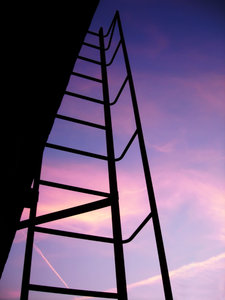
The company was first cited by OSHA back in January of last year after an inspector observed that the company was failing to meet a number of federal safety standards. The inspector discovered that the company failed to eliminate fall hazards for employees who were working 17 feet up on a project at Rowes Wharf.
Our Boston workers compensation lawyers understand that all employers are required by law to meet a strict set of safety standards to help to prevent work-related accidents. OSHA is in charge of overseeing work sites throughout the nation to help ensure that these safety steps are being properly executed by employers. When a company fails to protect its employees, serious legal matters and top-dollar fines can result, in addition to accidents and injury.
Fines aren’t all that the company agreed to though. NER Construction Management has also agreed to correct all of the work hazards that were cited in the OSHA inspection, and that it would take the necessary steps to increase safety for employees at all of its job sites.
Safety steps to be taken by NER Construction Management:
-The company will conduct a detailed hazard and danger analysis for each job at each work site to figure out a feasible way to protect employees from fall accidents. These steps are to be taken before work begins at each specific work site.
-The company must now provide thorough training for all employees who are certified to point out and correct all work-related hazards.
-The company must redo the company’s disciplinary policy of strict rules to include managers as well. Everyone needs to be held responsible for work site safety.
-The company has agreed to provide OSHA with a report each month regarding all active work sites. This report is to include all jobs that will be started within the next year, as well as copies of all outside safety audits that are conducted over the next few years as well.
“We’re looking for them to not only correct specific cited hazards but also to take effective steps to prevent them from recurring,” said Marthe Kent, the New England regional administrator for OSHA.
Continue reading
 Massachusetts Workers Compensation Lawyers Blog
Massachusetts Workers Compensation Lawyers Blog


